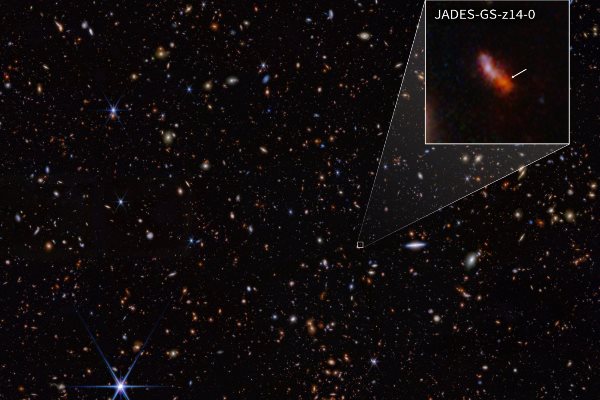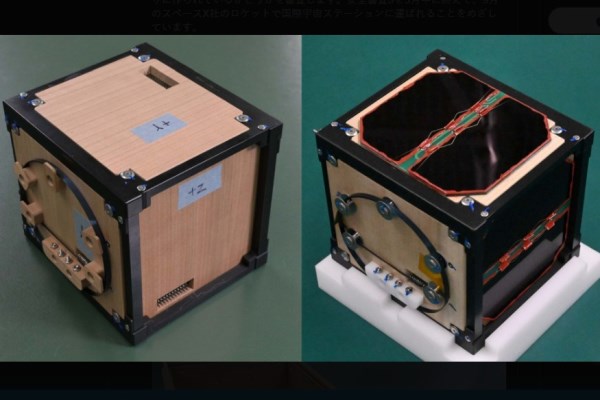Science
Record-Breaking Discovery! Webb Space Telescope Finds the Most Distant known Galaxy

- Read more
- 260 reads
The News Corporation signs licensing agreement with OpenAI for AI training purposes

- Read more
- 217 reads
Breaking Records: Russian Astronaut Spends Nearly 2.5 Years in Space
According to reports from several Russian media outlets, on the 4th day of February at 11:30:08 Moscow time (3:30:08 AM Eastern Time), 59-year-old Oleg Kononenko surpassed the record previously held by his compatriot Gennady Padalka. Padalka had spent 878 days, 11 hours, 29 minutes, and 48 seconds in space before retiring in 2017 after completing five spaceflight missions.
- Read more
- 237 reads
Taiwan's First International Lunar Mission Set to Launch in Q4 This Year
- 287 reads
Human Rights
Visited:24,848,942
Fostering a More Humane World: The 28th Eurasian Economic Summi

Conscience, Hope, and Action: Keys to Global Peace and Sustainability

Ringing FOWPAL’s Peace Bell for the World:Nobel Peace Prize Laureates’ Visions and Actions

Protecting the World’s Cultural Diversity for a Sustainable Future

Puppet Show I International Friendship Day 2020







